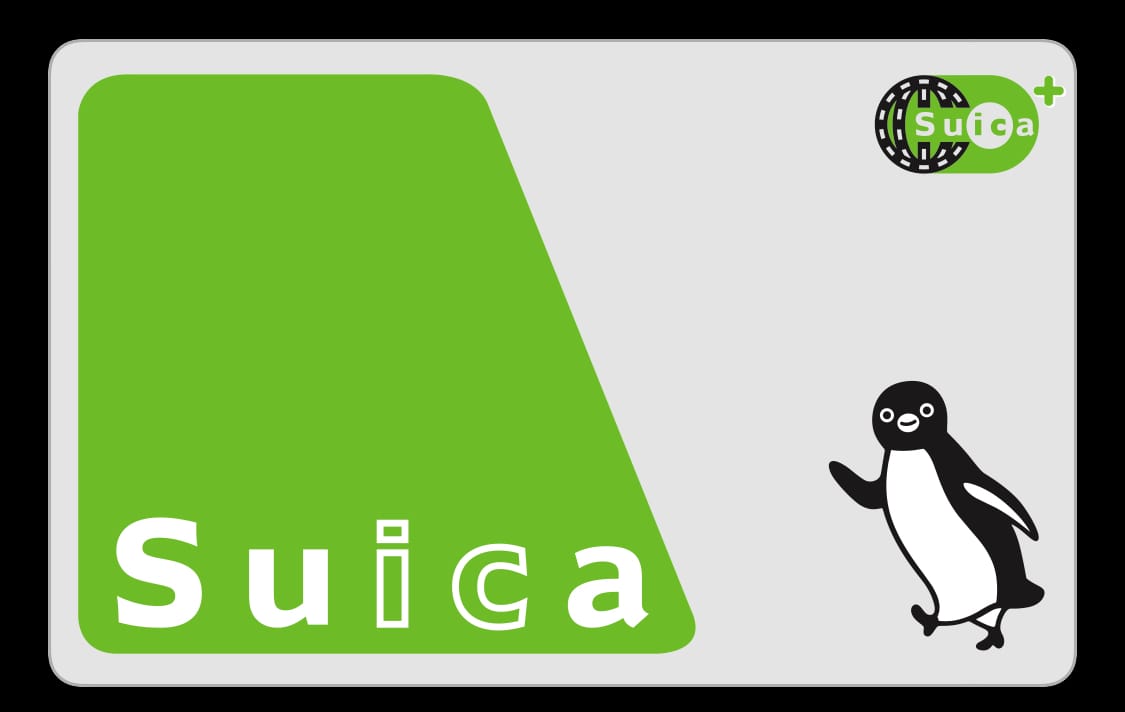Do Suica or PASMO cards expire with unused balances after a few years?
Discover the essential facts about SUICA and PASMO cards in Japan. Learn about balance expiration, management tips, and how to check your balance easily!

Do Suica or Pasmo cards expire with unused balances after a few years?
Great question! From my experience living in Japan and using Suica and Pasmo cards daily, here’s the real deal: Suica cards technically have a 10-year inactivity rule. According to the official terms, if you don’t use your Suica for 10 years, the balance you’ve loaded onto it can be lost. Pasmo has similar policies, though they’re not always as clearly publicized.
That said, here’s the key point — since the maximum charge limit on these cards is ¥20,000 (about $140 USD), most people don’t have to worry too much about losing a huge sum of money. Also, most Japanese people use these cards frequently for trains, buses, and even convenience stores, so inactivity over 10 years is very rare.
If you’re visiting Japan and get a Suica or Pasmo card, here’s what I personally do: I keep track of the balance and try to use it regularly, even if just for a small purchase. If you’re back home and want to check your Suica balance, you can do so if your smartphone supports IC card reading (NFC). I’ll walk you through that below.
How can I check my Suica balance from outside Japan?
If your smartphone supports NFC and the relevant apps, you can check your Suica balance at home. For example, on Android phones with NFC, you can use apps like “Suica Reader” or “Mobile Suica” from JR East. On iPhones, the Wallet app supports Suica cards if you transferred your physical card to Apple Pay before leaving Japan.
Keep in mind, you can only check the balance if you previously registered or transferred your card to your phone. If you have just a physical card and no NFC-capable device, you won’t be able to see the balance outside Japan.
What if I lose my Suica card or it gets damaged?
If you registered your Suica card with your personal info, you can report loss or damage and get your balance transferred to a new card at JR East service centers in Japan. If it’s an unregistered card, unfortunately, the balance is not recoverable.
This is why some locals register their cards, especially if they use them daily. For tourists, since the card costs ¥500 (~$3.50) deposit, many just discard the card if it’s lost or no longer needed.
Can I get a refund of my remaining Suica balance when leaving Japan?
Yes, you can! At major JR East stations, you can return the physical Suica card and get back the remaining balance minus a handling fee of ¥220 (~$1.50). If your balance is less than the fee, you won’t get anything back.
Many Japanese people don’t bother refunding small balances and just keep the card. Tourists sometimes forget or don’t get around to it, so if you want to avoid losing money, consider refunding before you leave.
What do Japanese people actually do with their Suica/Pasmo cards when they no longer need them?
Most Japanese people keep their cards as a convenient prepaid option, even if they don’t travel often. Sometimes they use them for small everyday purchases like vending machines, convenience stores, or even locker rentals.
If someone moves away from Japan or stops using public transport, they might return the card for a refund. But it’s common to just let the card sit unused — after 10 years, the balance expires, but that’s usually not a big deal because the amounts are low.
In short, Suica and Pasmo cards don’t expire in the sense that the card itself stops working, but the balance can be lost if unused for 10 years. Since the maximum stored value is limited, it’s not a huge risk. Plus, with NFC-enabled smartphones, you can even check your balance from your home country if you set it up right. This is a neat example of how technology and daily convenience intersect in Japan, beyond just being a tourist tool.



Comments ()